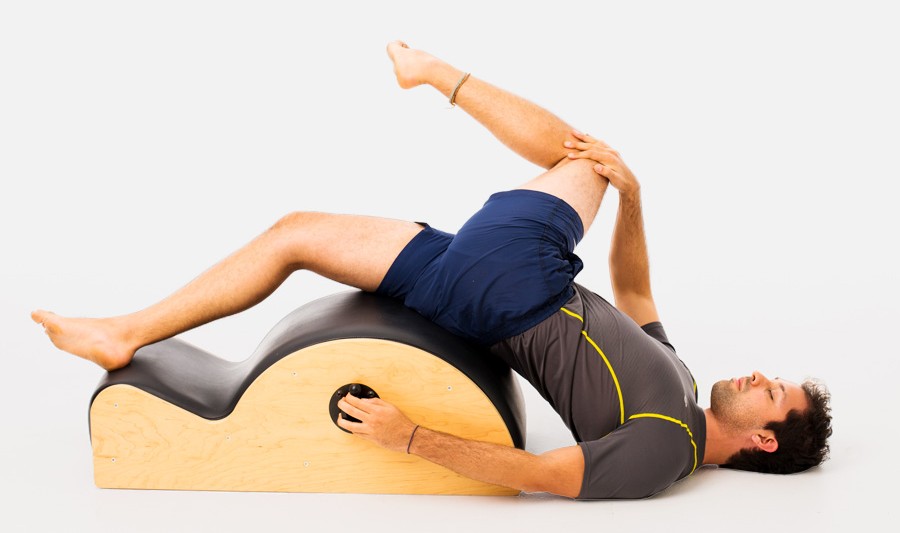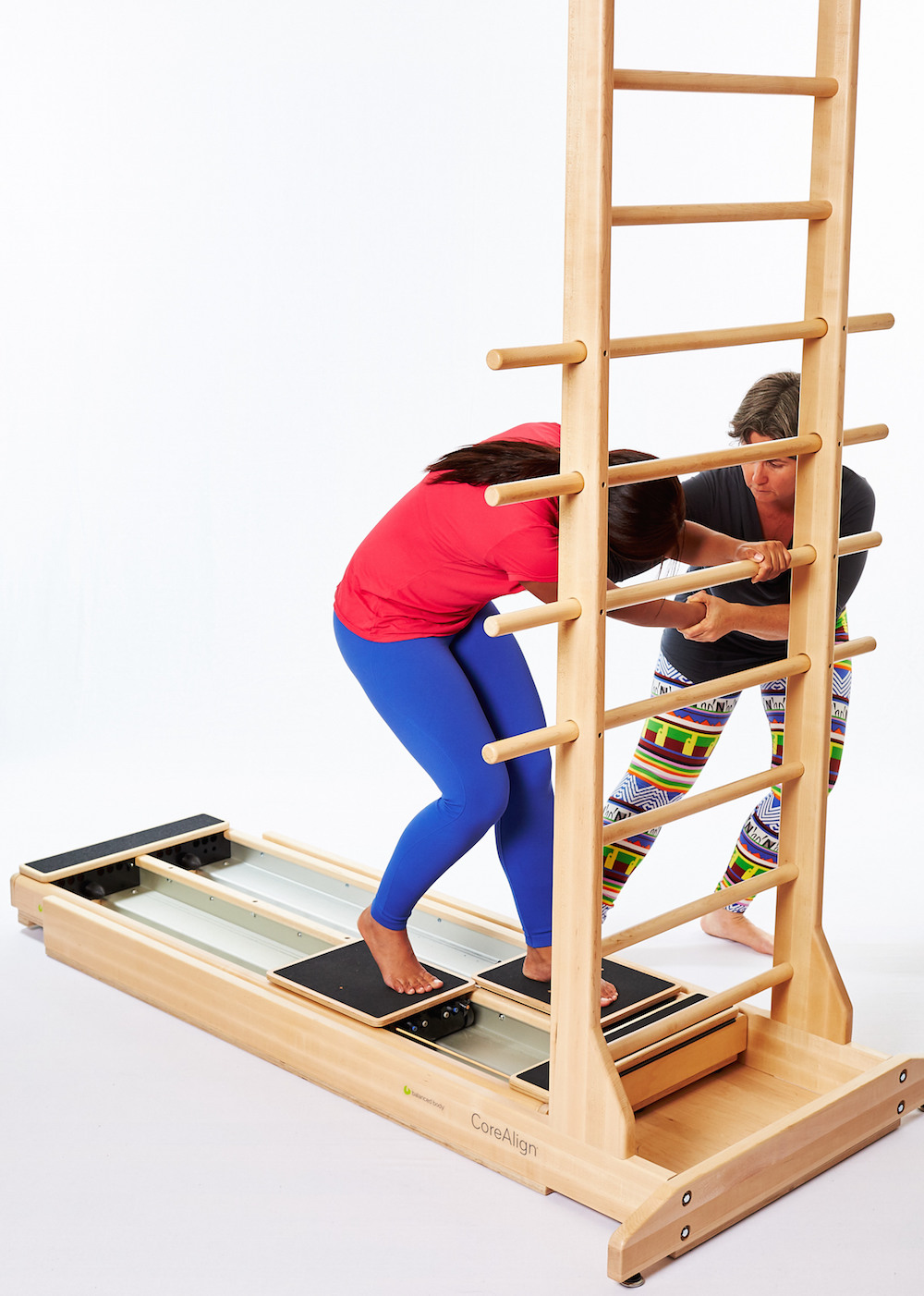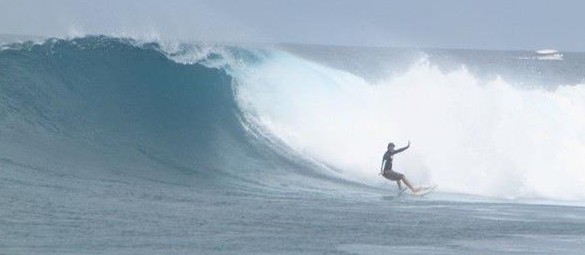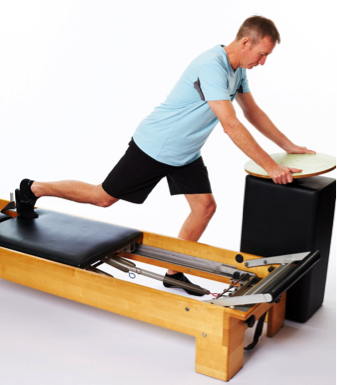Pilates For Surfers – Exercises to Improve Your Surfing & Prevent Injury
Mon,Mar 14, 2016 at 06:36PM by Michael Schwarer
Pilates for surfers
Find out why and how pilates for surfers can help to improve your surfing and reduce your chances of injury.
There’s more to surfing than just ‘surfing’
The buzz that surfers get when gliding across the open face of a wave is, for them, what it’s all about. However there’s much, much more to surfing than the individual components of riding the actual wave, e.g. bottom turns, top turns, cutbacks, re-entries, tube riding. There’s also paddling out, duck diving, paddling for waves, taking off, taking the drop, getting caught inside, getting dumped, getting held down and struggling against rips and currents. To handle this wide array of highlights and challenges a surfer needs a combination of strength, cardio fitness, agility and flexibility.
Why is this important for surfers?
For surfers, proper body alignment is critical. When they’re surfing they need to work with the competing forces of momentum, gravity and water, with the slightest misalignment or misjudgement causing them to work against those forces. However much of a surfer’s training focuses on working the global muscles, or the outside musculature system. It does not work the inside ‘stabilising’ system. This bilateral imbalance leaves a surfer open to misalignments that make certain parts of the body work harder than they should. That can contribute to tears, pulls and strains.
Surfers aren’t all grommets and teenagers!
Surfing is often perceived as a sport for the young, however there are countless long-term surfers who’ve been surfing for many, many years and who are now in their 50s, 60s, 70s and beyond. I’m now in my 50s and still love surfing with a close group of long-term friends, all around the same age. It’s interesting how our aches, pains and injuries feature more frequently in conversations these days than they did when we were in our 20s. As we sit at the local pie shop post-surf we talk about old knee injuries flaring up, chronic back pain, groin strains, rotator cuff issues, arthritis, tendonitis, bursitis and stress fractures. Some of us are recovering from injury, surgery or even chemotherapy and are trying hard to get back to our previous level of fitness and flexibility. Not as easy when you’re in your 50s! Have a look at our blog Fracture in the Family for a pertinent example of rehabilitation from a pretty serious injury and successfully getting back in the water surfing with my friends.
Benefits of pilates for surfers
Pilates for lower back, pelvis and hip joints
The lower back, pelvis and hip joints need to move through extreme ranges of movement during many surfing manoeuvres, whether they be planned manoeuvres or unexpected wipeouts! A targeted pilates program can help to support and protect your lower back, as well as improve range of movement in your pelvis and hip joints. It can develop greater core strength, power and speed through your surfing turns whilst developing improved balance and control in your surfing.
Pilates for abdominals
The abdominal muscles are important in that they support your lower back, pelvis and hip joints. They can help to reduce your risk of injury in the surf. They also help you to transfer your weight seamlessly between your upper and lower body.
Strong and functional abdominal muscles (external and internal obliques, transverse abdominus, rectus abdominus) will allow you to transfer weight between your upper and lower body with greater strength, power and speed. Pilates exercises for abdominals also help to improve balance, control and stability.
Pilates for shoulders
A typical two hour surf can be spent 5% riding waves, 45% sitting and waiting for that perfect wave and 50% of the time paddling. The exertion that paddling time puts on the shoulder muscles and shoulder joints is enormous. The shoulder muscles need to work in harmony with the back muscles otherwise problems can develop. Common problems that surfers can develop are issues with their rotator cuffs and adhesive capsulitis (commonly known as frozen shoulder).
Pilates for back muscles

The spine corrector helps stretch and release your hips and lower back muscles – important for surfers!
When a surfer is paddling their back is continually hyperextended. Unlike in a gym where you can do controlled back hyperextensions (working in one plane only), when surfing you are also paddling (involving shoulders and arms) and sometimes looking over your shoulder for waves (involving neck muscles). These actions work in many directions simultaneously and can put an enormous amount of strain on the musculoskeletal structures involved. Pilates exercises help to prepare and condition your back muscles and musculoskeletal system for these extreme forces.
Pilates for surfers – exercises and programs
Body Organics can develop programs in pilates for surfers that are specifically tailored to the needs of individual surfers. These programs focus on strengthening the inner support system, which consists of the deep abdominal muscles, and the muscles closest to the spine. The exercises develop trunk control by integrating the torso, pelvis and shoulder girdle. This can teach surfers how to activate their inner support system to attain maximum balance and alignment as well as correct muscle “firing” patterns.
Surfers will also see stronger stomach muscles – the base of all their movements. For surfers trunk stability will keep scapula, shoulders, pelvis and spine balanced and aligned so that they can lift their arms up and out of the water without the usual straining of the neck muscles, leading to less overall wear and tear on the body and improved paddling stamina and speed.

The CoreAlign provides an unstable platform that is ideal for working on your balance, stability and control for surfing.
Michael Schwarer is co-director and co-owner of Body Organics and brings to Body Organics more than 30 years experience working with large Australian and international corporations. He holds a Bachelor of Commerce as well as Master of Business Administration. Injuries sustained in Michael’s weekend warrior sporting pursuits of surfing, cycling and swimming often result in him becoming an unintended rehabilitation case study for the Body Organics team!
 0
0 

